With René Bertholo she founded the group and magazine KWY. It included names like Jan Voss, Christo, Costa Pinheiro, Gonçalo Duarte, José Escada and João Vieira. Lourdes Castro has presented her work in numerous exhibitions in Portugal and abroad, and she is recognized by critics as one of the most emblematic artists of her time. Alongside Manuel Zimbro, she created the performance ‘Teatro de Sombras’ (‘Shadow Theatre’) and presented it in many European and Latin American cities.
In her work, a sharp visual intelligence and a game of extreme subtlety question the traditional divisions between light and shadow, materialization and dematerialization, front and back, reality and appearance, centre and periphery, beginning and end, body and spirit. The materials she chooses are extensions of the gestures of her hands and the gaze of her eyes. That is the poetics of Lourdes Castro. She creates in an enchanted realm, of which she is the fairy queen.
Her books are one of the axis around which her work rotates. It was in them that she tried out new beginnings. In these visual diaries she drew her life with the thoroughness that makes her attentive. In them, she linked words to images with the decisiveness of an original artistic gesture. Finally, this is where she became closer to the authors she loves: Rilke, Rimbaud, Apollinaire and Herberto Helder.
Lourdes Castro was the recipient of the Grand Prize of the EDP Foundation Art, in 2000. The 1957 work for which she received the award had a Rainer Maria Rilke’s unpublished poem as a starting point. Rilke’s words and the forms that draw and continue them, through colours of an agile intensity, make up Electra’s first portfolio. Three orders of excellence coincide here: the award’s, the magazine’s and the artist’s.
In brief, Lourdes Castro’s work shows us what Pindar said and Rilke knew: ‘Man is the dream of a shadow’.
José Manuel dos Santos
*Translated by Ana Macedo
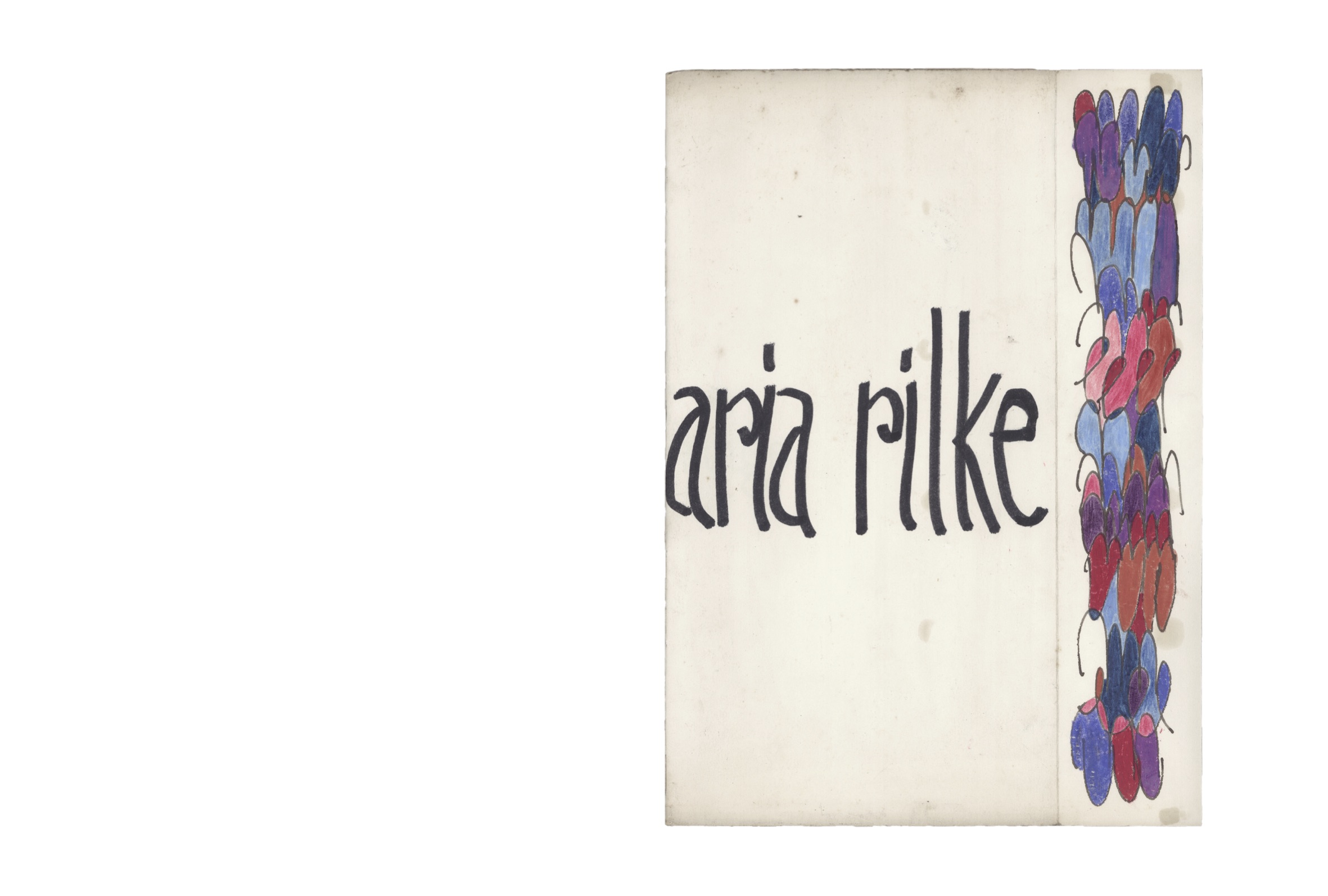
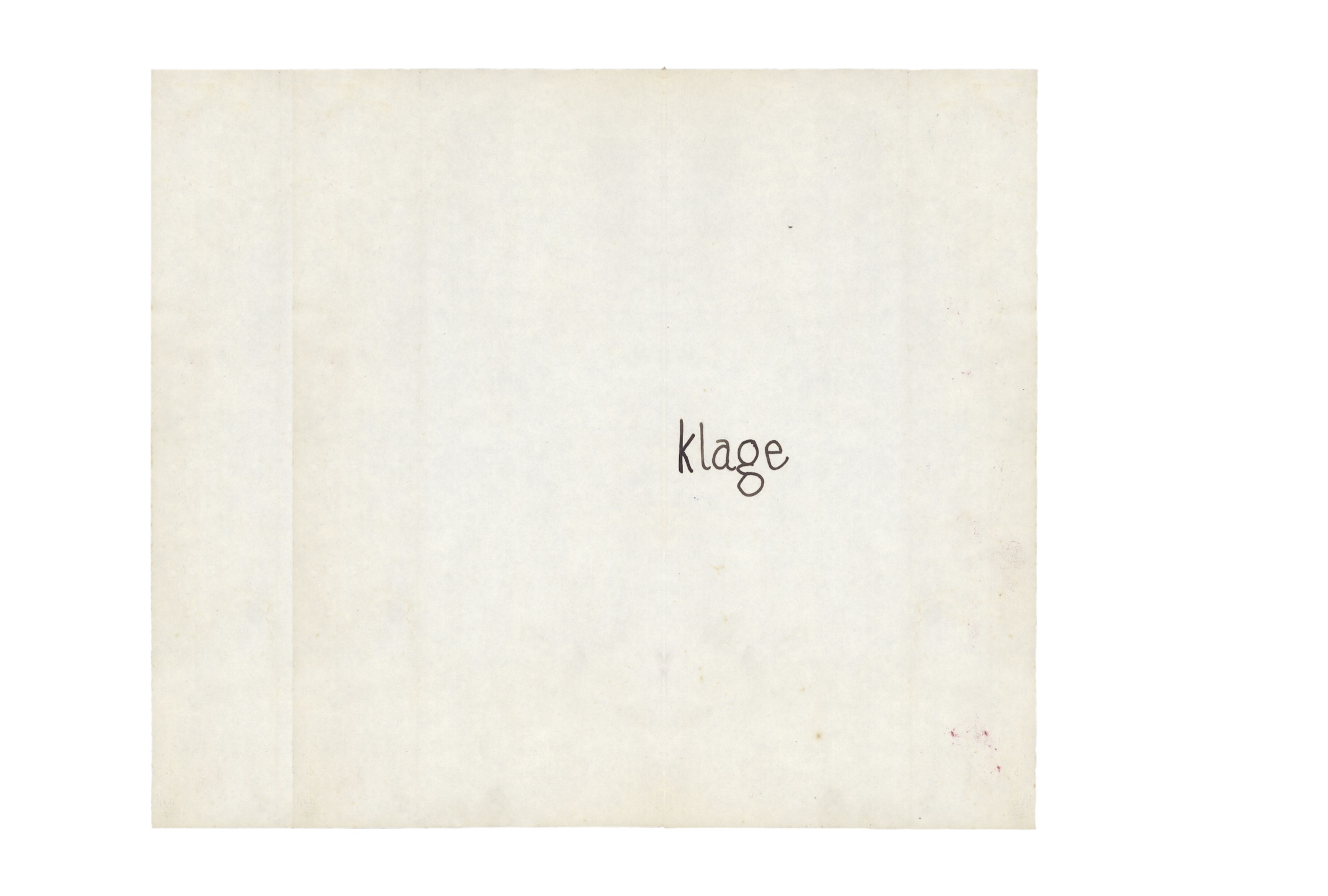
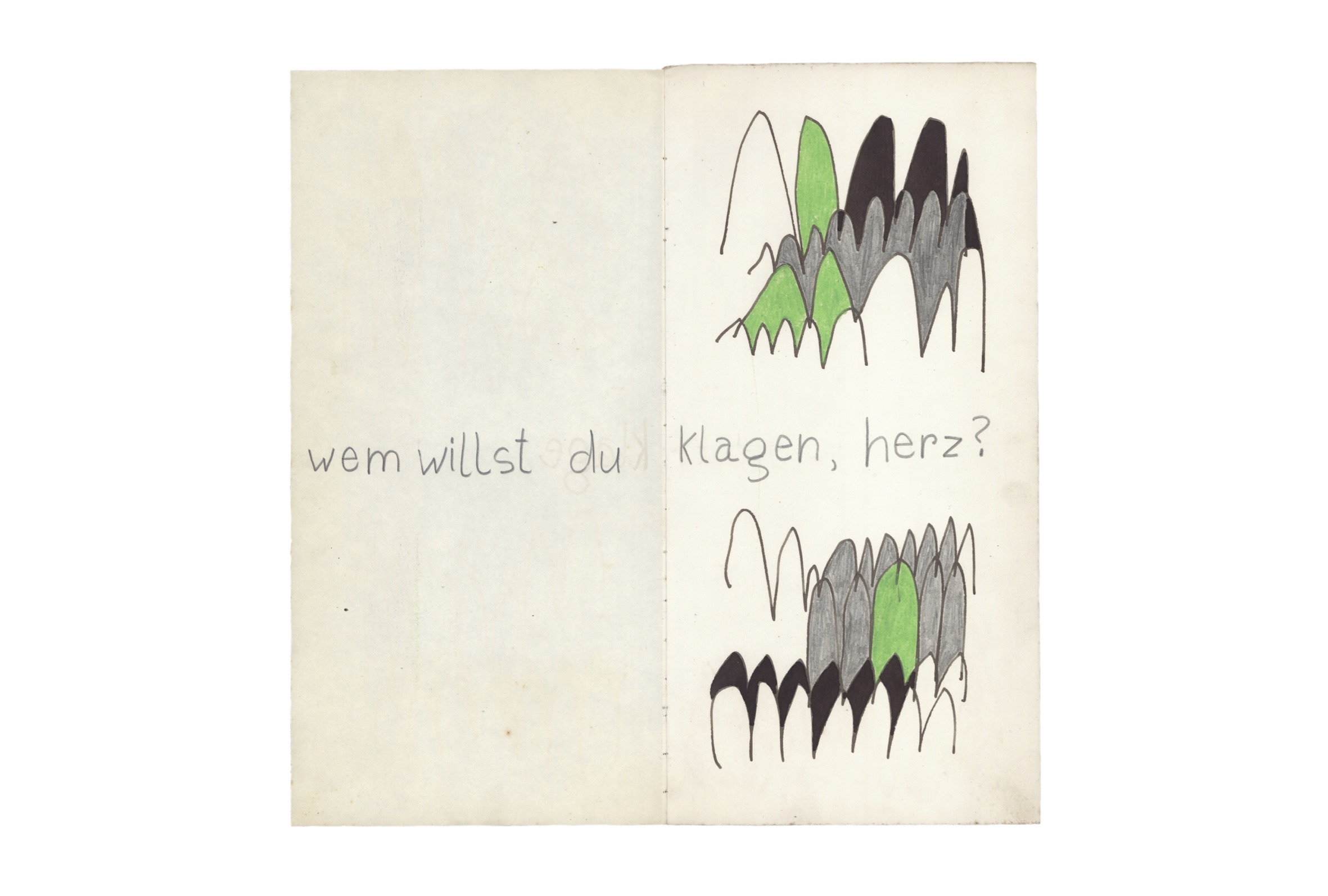
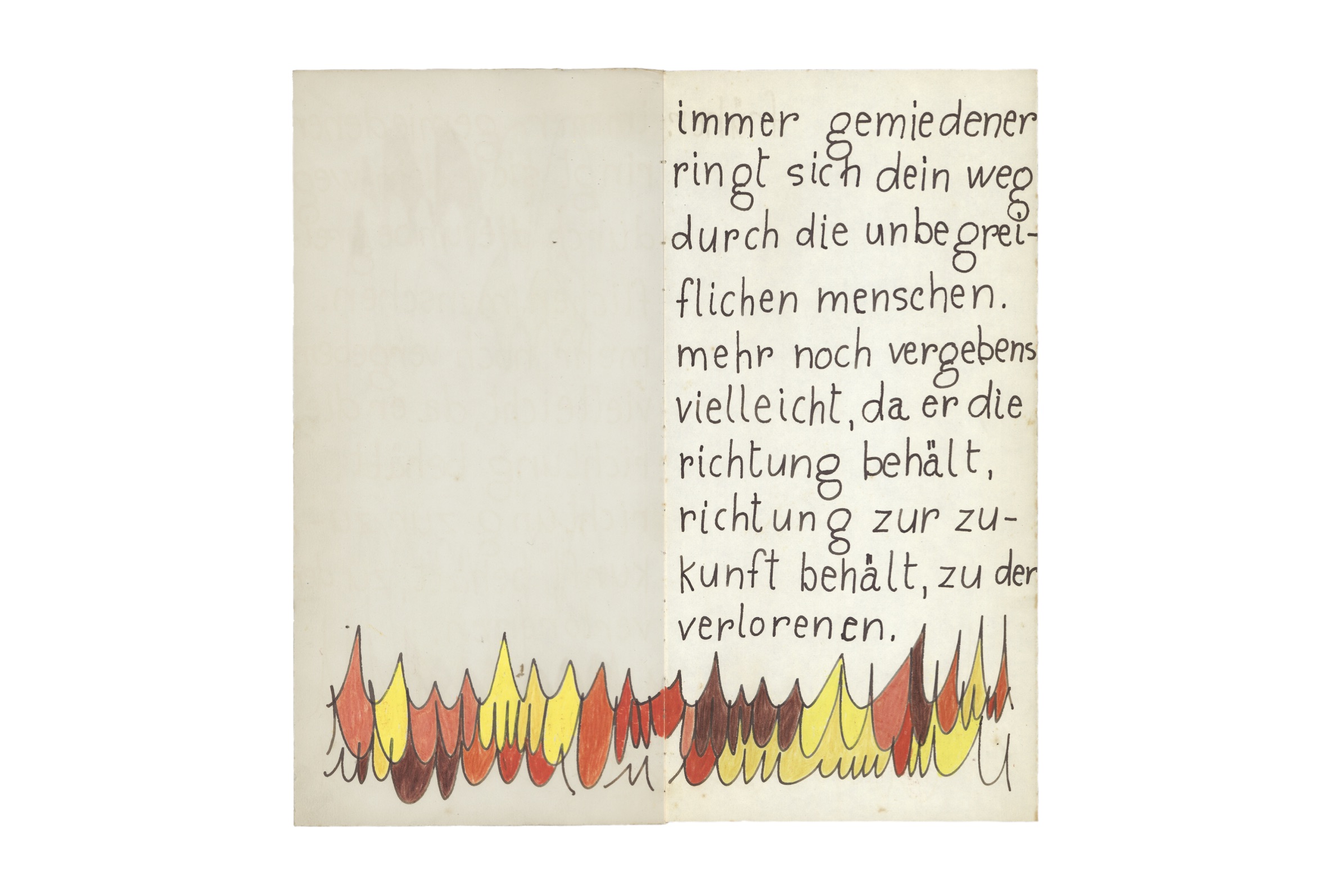
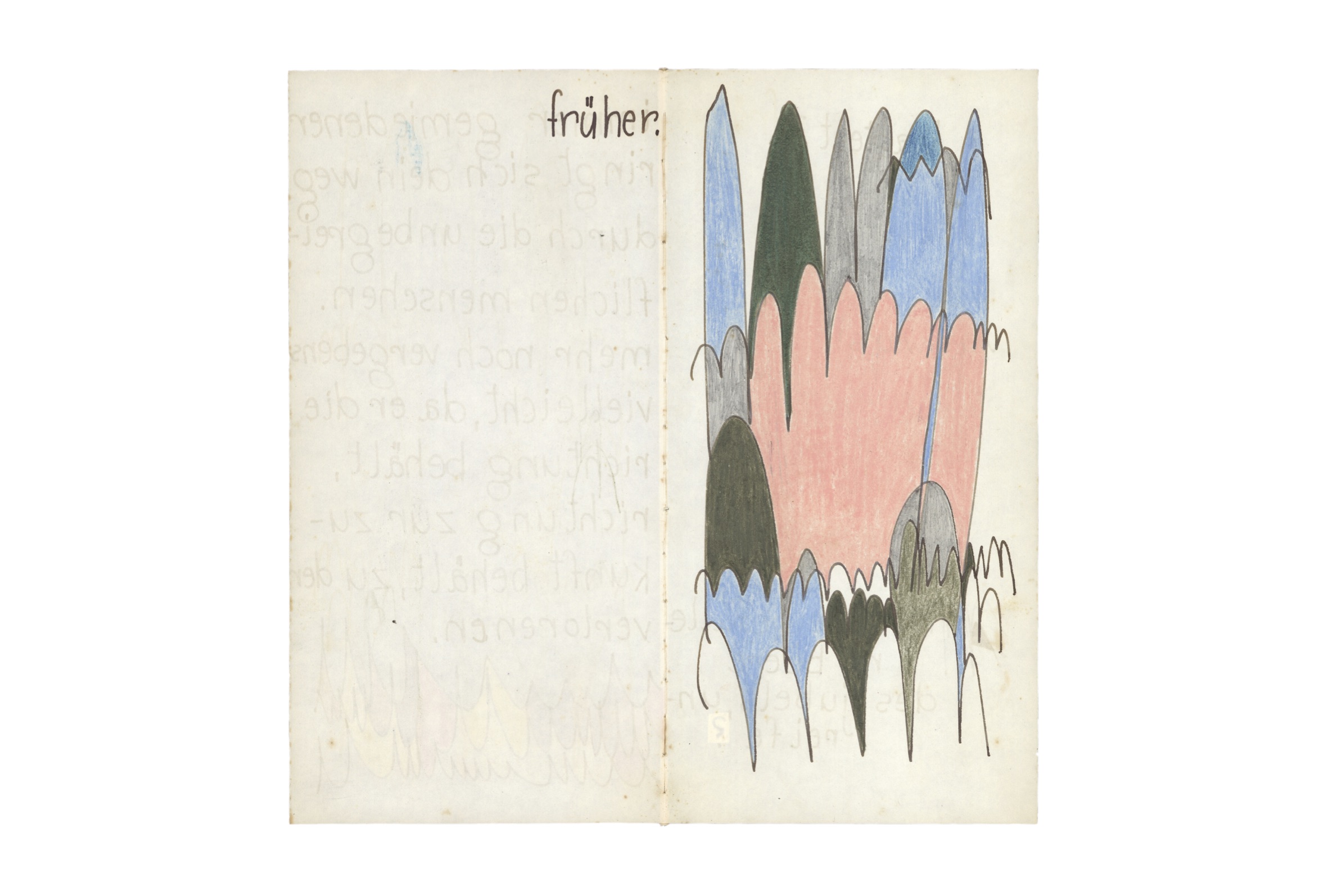


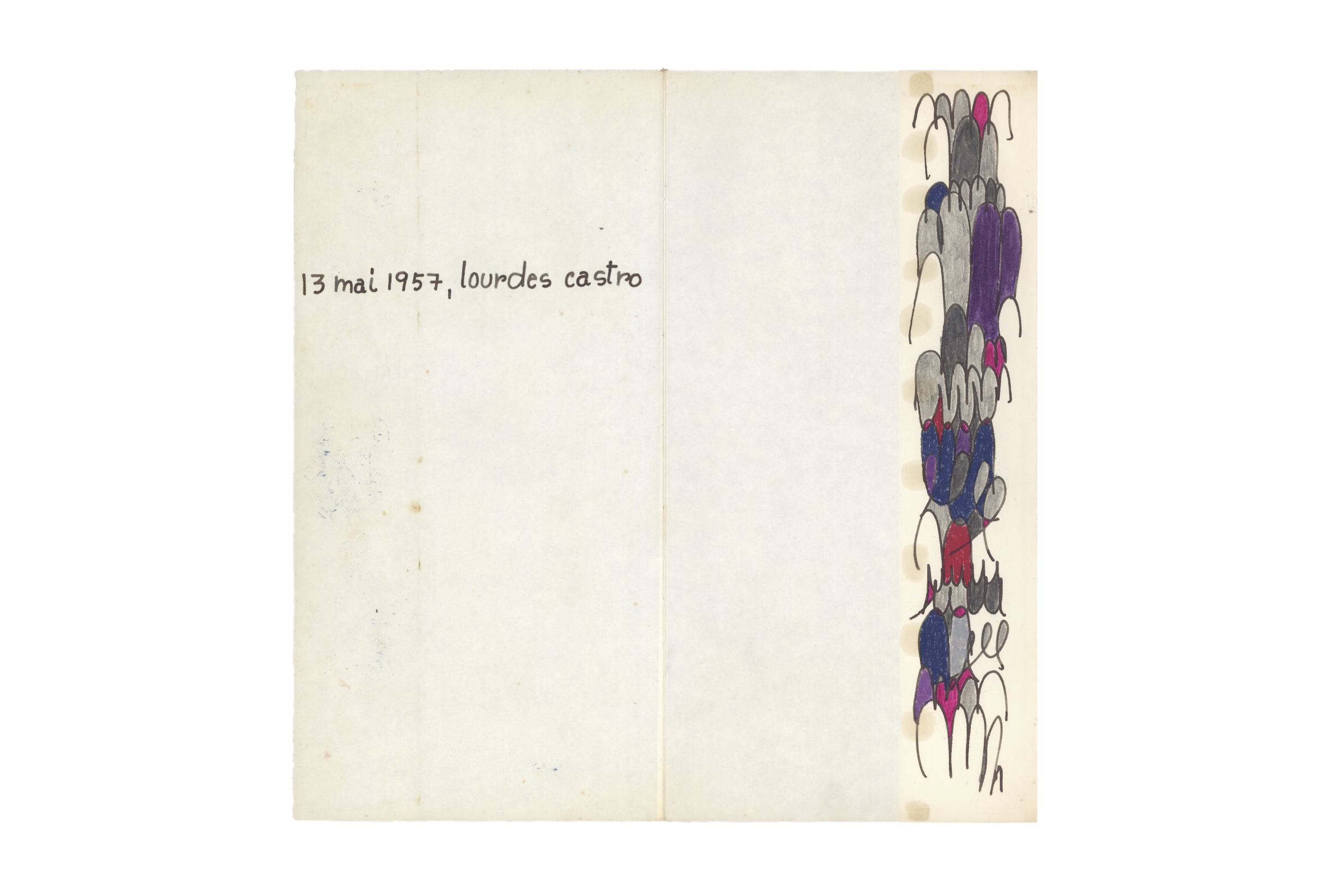
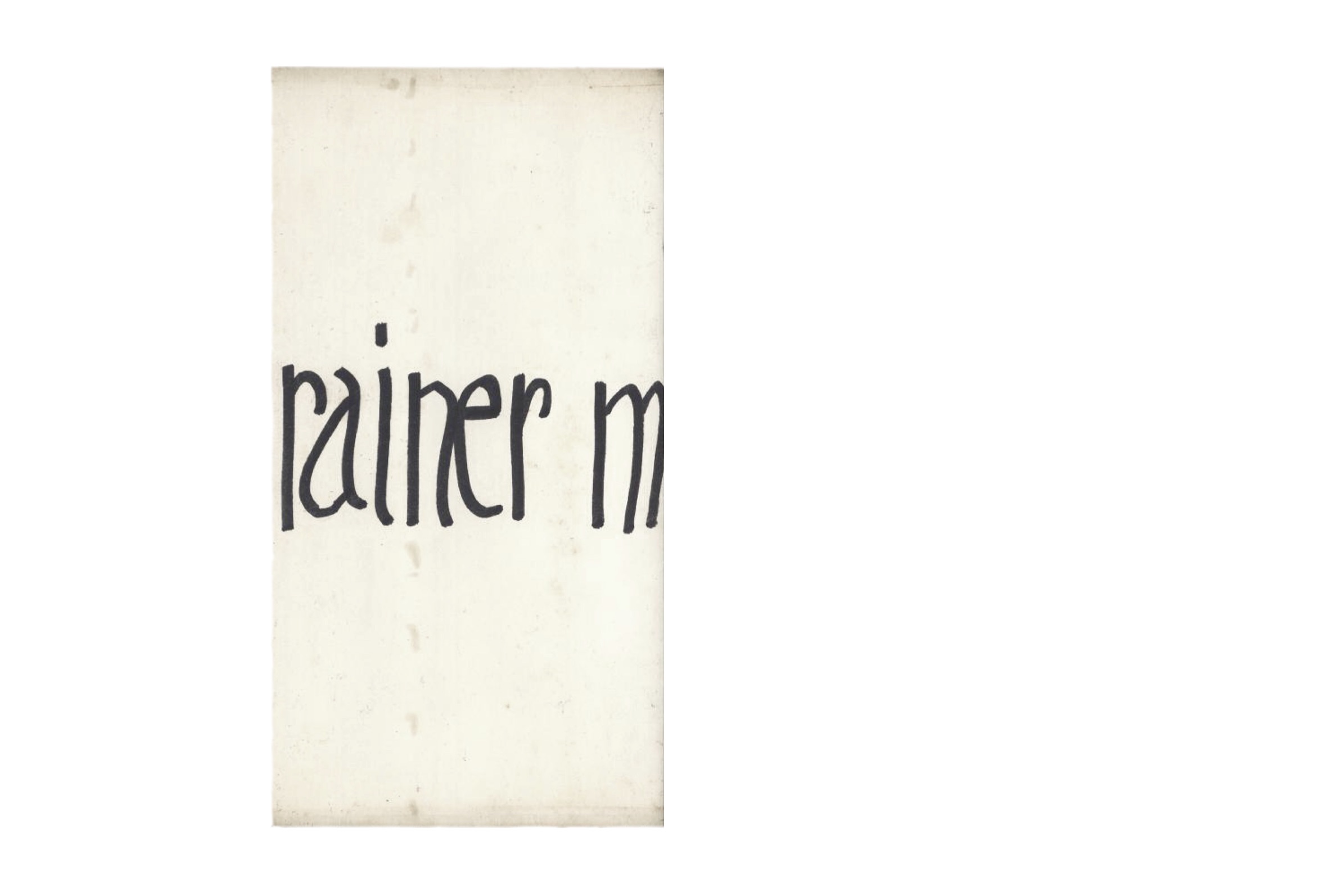
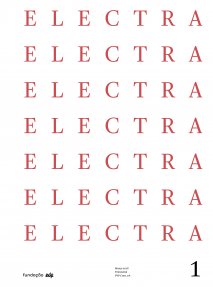
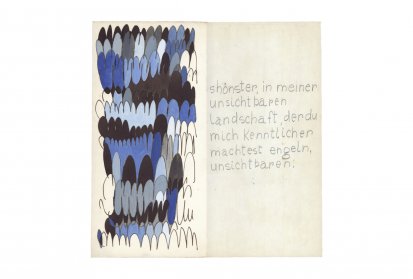
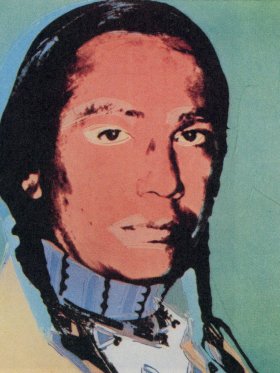
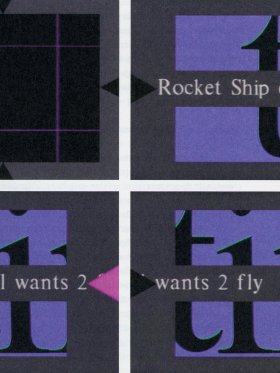
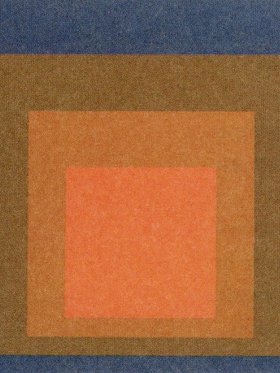
Share article